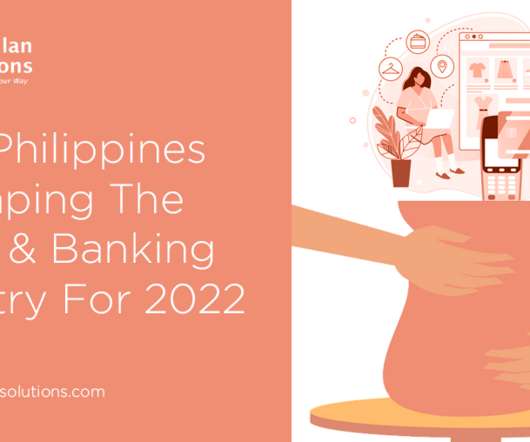The Future of Work: Enhancing Efficiency with AI-Powered Low-Code Automation
Amzur
MARCH 6, 2024
A Statista study reveals that the global low-code development platform market is expected to reach a staggering $65 billion by 2027. Improved collaboration: Low-code platforms enable cross-functional teams to collaborate on building solutions without relying solely on IT departments.












Let's personalize your content